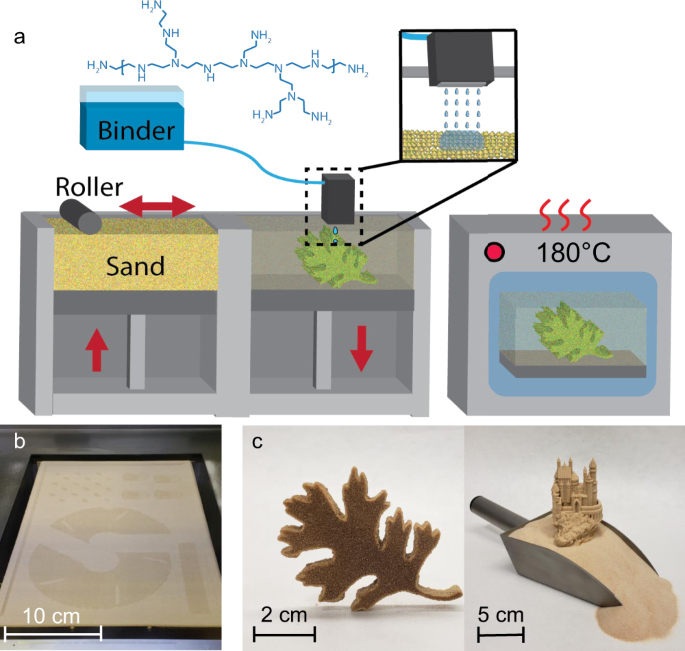2021-11-11 英国・ケンブリッジ大学

・ ケンブリッジ大学が、セルロースナノ結晶の自己組織化を利用して色鮮やかな大面積のフォトニックフィルムを作製する技術を開発。
・ 市販のセルロース材料を数ステップでサステナブルな懸濁液に変換し、セルロース溶液とコーティングのパラメータを最適化することで自己組織化プロセスを完全に制御し、既存の商用ロール・ツー・ロールマシーンによる大面積フィルムの作製を初めて実証。
・ 構造色と呼ばれるプロセスにより、光の屈折を通じて蝶や孔雀の羽に観られるような鮮やかな発色を呈する同大面積フィルムを粉砕し、無毒性、生分解性でプラスチックフリーのグリッター(装飾用のラメ)や効果顔料を作製。化粧品産業に革新をもたらす可能性が期待できる。
・ ナノセルロース結晶の自己組織化プロセスは小規模での研究にとどまっていたが、本研究ではサステナブルな同材料を産業で利用するための連続積層プロセスの課題に対処した。
・ 現在化粧品に使用されるプラスチック粒子や顔料のサステナブルな代替としての利用が期待できる。欧州の化粧品産業では、年約 5,500 トンのマイクロプラスチックを使用しており、土壌や海洋汚染の一要因となっている。
・ 従来の効果顔料の作製では 800℃もの高温度による加熱を要し、エネルギーを大量に消費。また、プラスチックの他にマイカと二酸化チタンを組み合わせることがあるが、発がん性の可能性から EU は食品添加物としての二酸化チタンの使用を禁止している。マイカは、開発途上国での児童労働を含む搾取的な手段による採掘が懸念される。
・ 同新技術の最適化をさらに進める必要があるが、スピンアウト企業を設立し、今後数年間での実用化を目指す。
・ 本研究には、英国工学・物理科学研究会議(EPSRC)が一部資金を提供した。
URL: https://www.cam.ac.uk/stories/glitter
<NEDO海外技術情報より>
(関連情報)
Nature Materials 掲載論文(アブストラクトのみ:全文)
Large-scale fabrication of structurally coloured cellulose nanocrystal films and effect pigments
URL: https://www.nature.com/articles/s41563-021-01135-8
Abstract
Cellulose nanocrystals are renewable plant-based colloidal particles capable of forming photonic films by solvent-evaporation-driven self-assembly. So far, the cellulose nanocrystal self-assembly process has been studied only at a small scale, neglecting the limitations and challenges posed by the continuous deposition processes that are required to exploit this sustainable material in an industrial context. Here, we addressed these limitations by using roll-to-roll deposition to produce large-area photonic films, which required optimization of the formulation of the cellulose nanocrystal suspension and the deposition and drying conditions. Furthermore, we showed how metre-long structurally coloured films can be processed into effect pigments and glitters that are dispersible, even in water-based formulations. These promising effect pigments are an industrially relevant cellulose-based alternative to current products that are either micro-polluting (for example, non-biodegradable microplastic glitters) or based on carcinogenic, unsustainable or unethically sourced compounds (for example, titania or mica).



